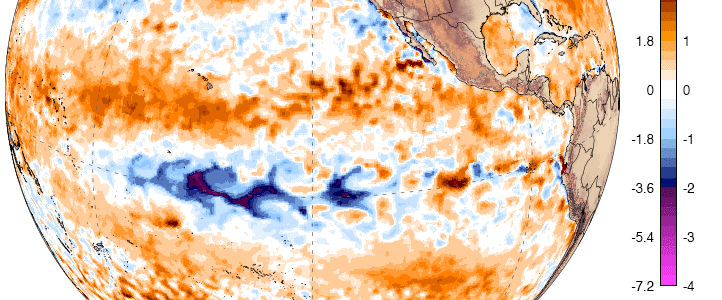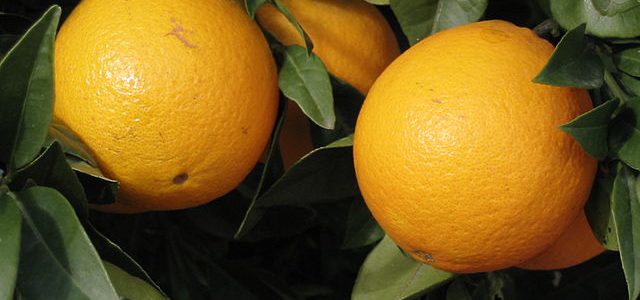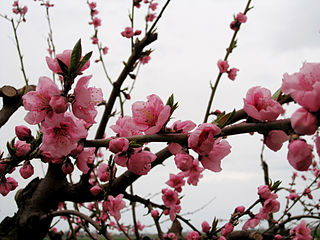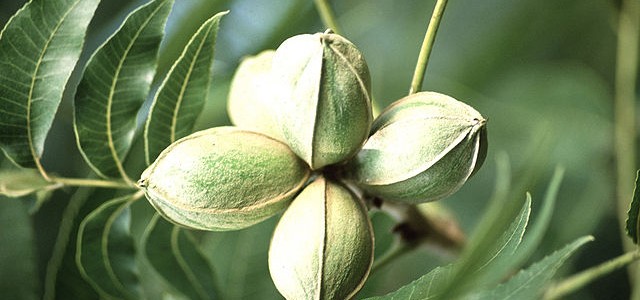-

In today’s somewhat surprising climate news, NOAA announced that they are canceling the La Niña watch that has been in place for several months. While colder than normal conditions have been seen in the Eastern Pacific Ocean near the equator for a while, they have not been strong enough for long enough to constitute an…
-

As expected, the passage of Hurricane and then Tropical Storm Hermine across northern Florida and southeastern Georgia and the coastal Carolinas eliminated many abnormally dry areas and reduced drought in those regions. However, in other parts of the Southeast, drought conditions generally remained the same as last week. Since precipitation amounts are expected to be…
Posted in: Drought -

AgWeb reported that fears about damage to the citrus industry from Hurricane Hermine caused futures prices of orange juice to rise in advance of the storm’s landfall. Florida is the second biggest orange juice production region after Brazil. Cotton futures also rose as flooding was expected in areas with significant cotton production. You can read…
-

The latest summary for Florida’s climate for August 2016 is now available. You can read it at https://climatecenter.fsu.edu/products-services/summaries/climate-summary-for-florida-august-2016.
Posted in: Climate summaries -

Phenology is the study of natural systems and how they change over the course of the year and from one year to the next. Things that are marked by phenologists include the first robin of the year, the first leaf on a tree or shrub each spring, the first wave of geese traveling south for…
-

Brad Haire of the Southeast Farm Press has a story today about the impacts of Hermine on the pecan harvest in Georgia. The worst part of the state’s damage was in the lower southeast part of the state; fortunately, winds were less damaging in other areas, so the state’s total production will not be as…
-

The Minneapolis Times-Tribune published an Associated Press report this week on a 17-year study undertaken by Stanford University scientists to test the impact of more carbon dioxide, more heat, and more nitrogen on plant growth in test plots outside Los Angeles. Test plots (132 in all) were treated with different amounts of carbon dioxide or…